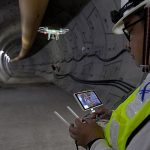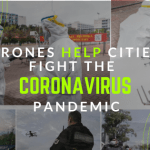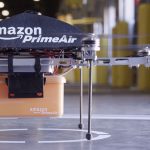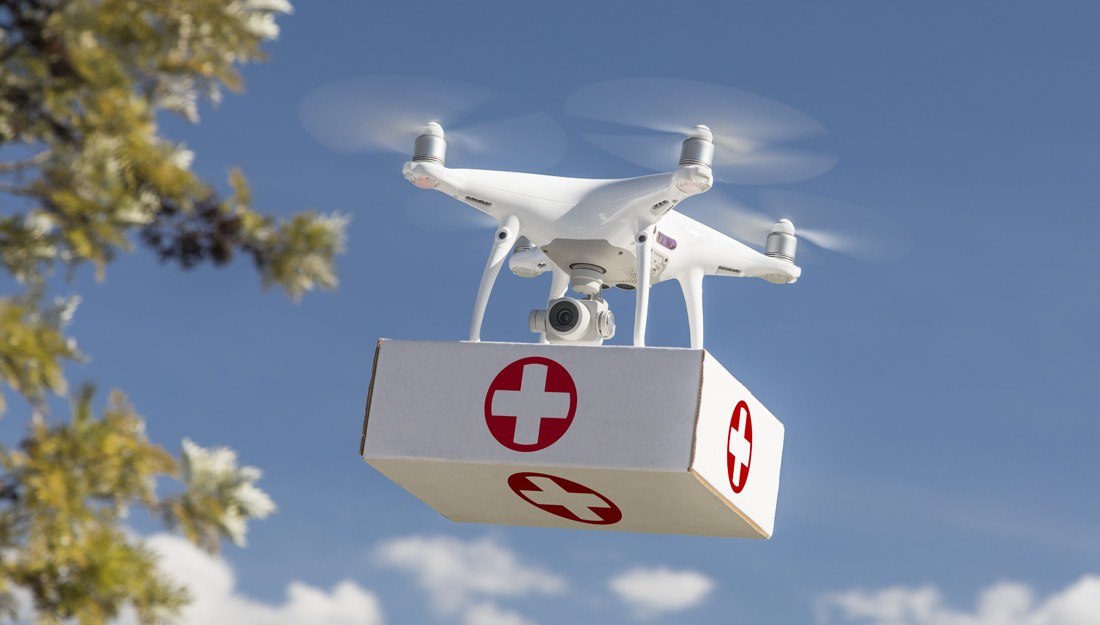
Drones and Medical Kit Delivery: Help Is in the Air!
Unmanned aerial vehicles (UAVs) – commonly known as “drones” – were initially developed for military purposes. Technological advances in software and hardware components, more cost-effective production options, and regulatory changes are currently paving the way for innovative application scenarios such as delivering goods to private mail-order companies.
What possible uses are available today in outpatient and inpatient care settings in the healthcare system for service providers, and what future potential can be exploited with drones?
Drones as a means of transport
Using drones accelerates time-critical transport processes such as transferring blood or tissue samples from collection to the laboratory. In this way, both transaction and personnel costs are minimized.
In exceptional cases, such as tumor resection, the course of which is determined by the results of the laboratory tests during the operation, drones can minimize the overall operation time.
Similarly, in transplantation medicine, transport drones could shorten the time it takes for donor organs to be made available in the future. In countries with a deficient infrastructure and a low population density, drones also offer the potential to ensure the logistical supply of the population with vital medicines, blood products, or vaccines.
During epidemics, drones can not only supply isolated regions with medicines, vaccines, and everyday products but also provide contactless, mobile, highly automated laboratories on site. This can counteract the spread of infectious diseases.
DJI M300 drones already transport vital supplies and ensure speedy access to health services. As well as delivering vaccines and medicines, DJI drones enable the transfer of humanitarian intangibles: knowledge, technology, and resources.
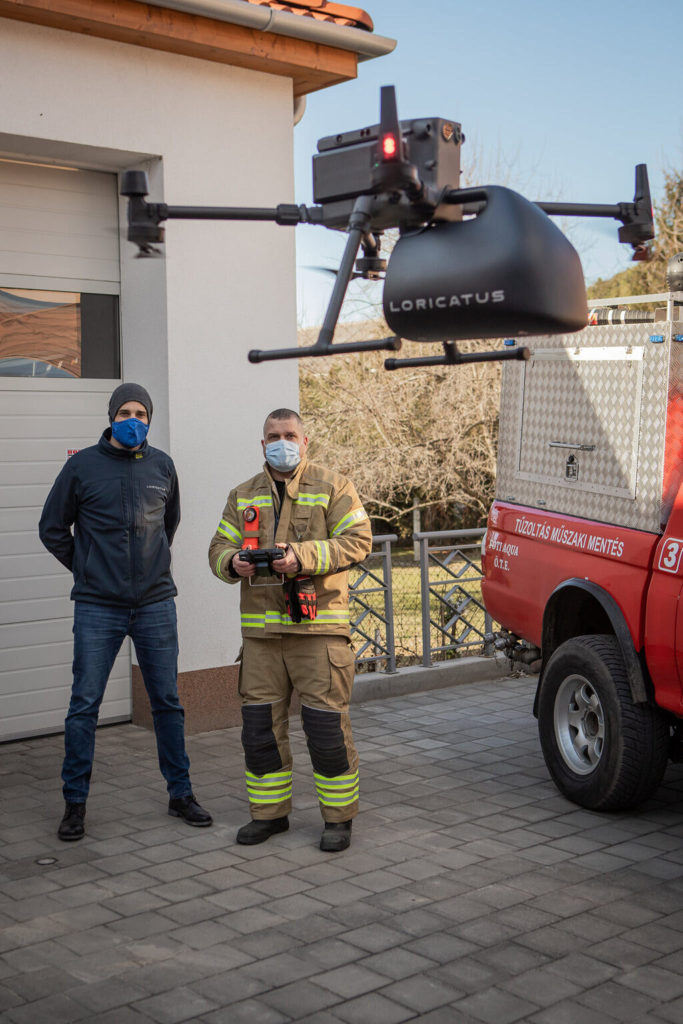
In areas affected by political crises or natural disasters, critical parameters (e.g., location, temperature, pollution) can also be analyzed, medical care can be ensured, and a communication network can be set up.
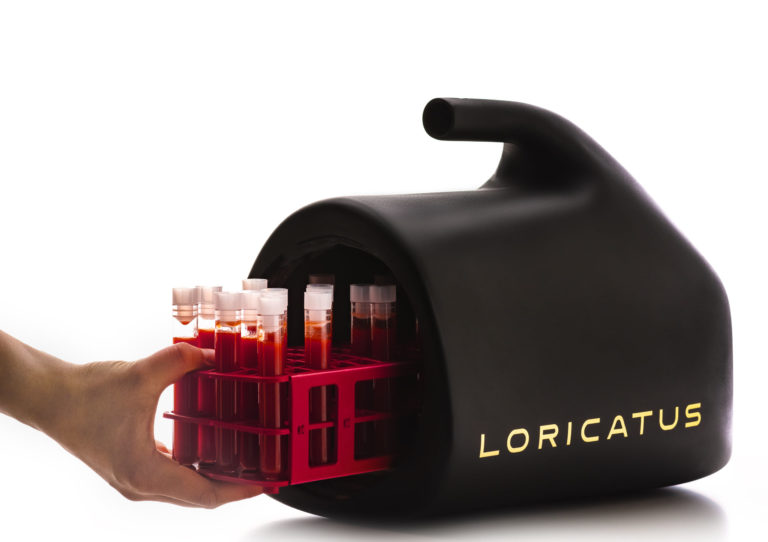
Drones in emergency care
Drones can be used more quickly and flexibly than conventional rescue equipment. They have good weather resistance and are ready for use regardless of traffic volume and terrain. This predestines them for use in time-critical emergency situations that require prompt medical care for people.
In addition, drones can support viewing accident scenarios that are difficult to access and the localization of people using cameras or infrared technology. Operations managers can accompany, evaluate and control rescue and recovery operations “from the air.”
Drones are used as an example as a supplier of rescue equipment and communication tools. At the same time, drones can be used to a greater extent in the future to provide (life-saving) medicines and devices (e.g., defibrillators). They can communicate with patients and those involved in emergency situations and support decision-making.
Initial tests by the American Medical Association show that a drone with a maximum speed of 70 km/h needs only a quarter of the time of an ambulance to make an emergency call to arrive at the scene of the accident.
Case study: Medical supplies and blood delivery in Rwanda
In 2014 Jonathan Ledgard, former Scottish correspondent for the Economist, had already drawn up a plan for drone deliveries in Rwanda. He wanted to launch the world’s first drone delivery service with the British star architect Norman Forster and researchers from the Ecole Polytechnique Fédéral de Lausanne (EPFL).
However, the Californian start-up company Zipline, which has also been developing fully automatic delivery drones since 2014, was awarded the contract by the Rwandan government in 2016. Zipline’s good connections to NASA, Boeing, and Google made it much easier to finance the project. Still, UPS, Yahoo founder Jerry Yang, Stanford University, and other sponsors also invested – certainly not entirely altruistically – in the venture. It took just over half a year from when the contract was awarded to the start of the first drone.
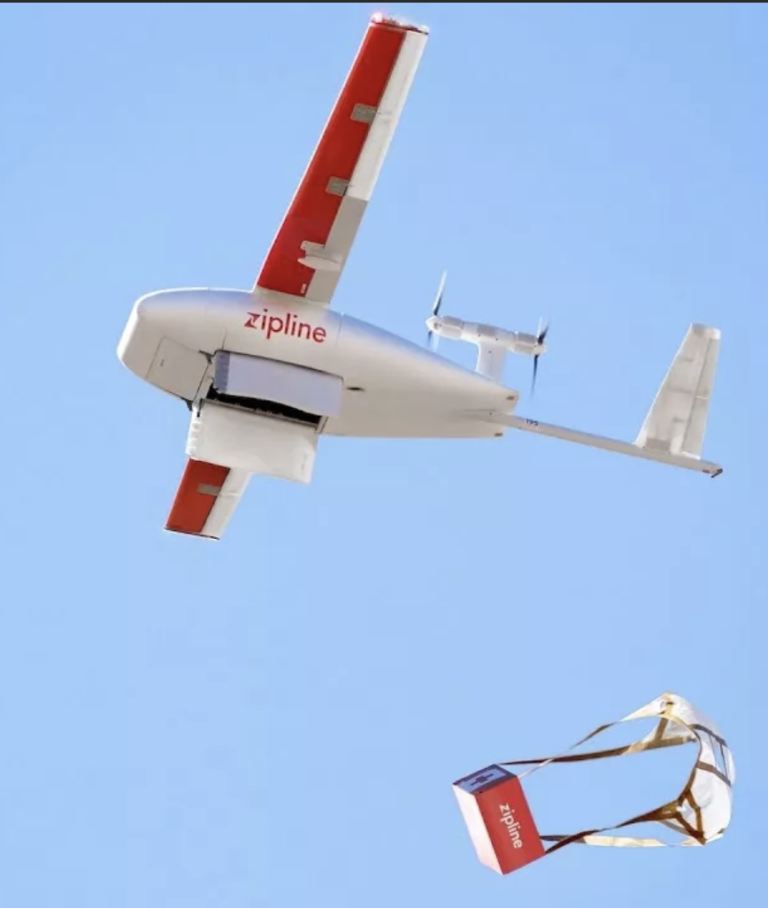
When an order is received, the Zipline employees put together the desired goods, stow them in the drone, program the destination using satellite navigation, and send them on their journey. The recipient will be informed of the arrival time of his order. The small machine drops its load with an accuracy of two meters. Inside the drone is a cooling system so that even sensitive medicines, vaccines, or blood can be safely transported.
In the meantime, 60 of these fixed-wing aircraft are flying in the Rwandan sky, which can process up to 150 orders daily. So far, there have been no collisions with birds, trees, houses, or other flying objects. On the one hand, this may be due to the flight altitude of 100 meters and, on the other hand, to the close cooperation with the Rwandan air traffic control.
Rwanda has two drone airports, each combined with a blood storage laboratory. The drones are loaded with the appropriate blood products – not just red blood cells, but also coagulation factors or platelets – and flown to the hospitals. This means that only as much blood is ordered as is needed.

Pharmacy from the air
Clinics must stock a larger selection of medicines around the clock for patient care. In addition, the rapid provision of particular emergency medication must be ensured in the shortest possible time. Suitably equipped hospital pharmacies usually guarantee this.
Because of the distance to the nearest pharmacy and the associated transport time, hospitals providing primary care (first level of care) also have to keep a large stock of medicines to ensure supply at all times.
Using drones, large hospitals with their own pharmacy should be able to supply medicines to smaller hospitals without a pharmacy. On the one hand, real-time operation can reduce the stock of medicines that must be constantly stocked locally in the clinics. In addition, it reduces the costs for clinics and the health system enormously without impairing the supply of urgently needed medicines to patients.
Pharmacies from central large clinics can improve the quality of care and treatment in smaller, regional clinics. Since the delivery takes place by drone, i.e., in the air, it would be possible in the case of urgent deliveries to deliver medicines to hospitals as quickly as possible – without depending on road traffic restrictions.
To achieve this, drones require topological data from GIS systems (geoinformation systems for collecting, processing, organizing, analyzing, and presenting spatial data,) weather data from data servers, obstacle and area restriction information from air traffic control servers, battery and performance data from the drone computer, local weather data from our own drone servers and much more. The resulting model must then continuously and variably assign a weight to the individual data to adapt their influence on the flight route to the situation.
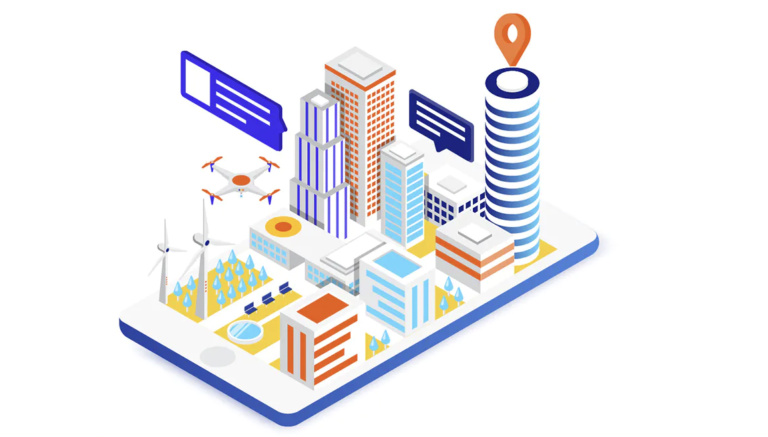
Case study: Ingolstadt Clinic project in Germany
In the MEDinTime project in Germany, a reliable and safe supply of medicines to regional clinics using automated drones will be developed by December 2022 and examined within a more extended test phase. In addition, the system should provide real-time data on the availability of medicines to be transported.
Long-distance drones that can be launched vertically serve as the drone base, which, in contrast to simple copter drones, can also quickly cover long distances (up to 100 km) and quickly and safely with little noise. In the project, the drones will be equipped with a removable, intelligent transport box suitable for transporting medicines and meeting legal requirements.
As one of the largest municipal hospitals in Bavaria, the Klinikum Ingolstadt is one of the pioneers of digitization in the hospital sector and the use of artificial intelligence and machine learning in healthcare.
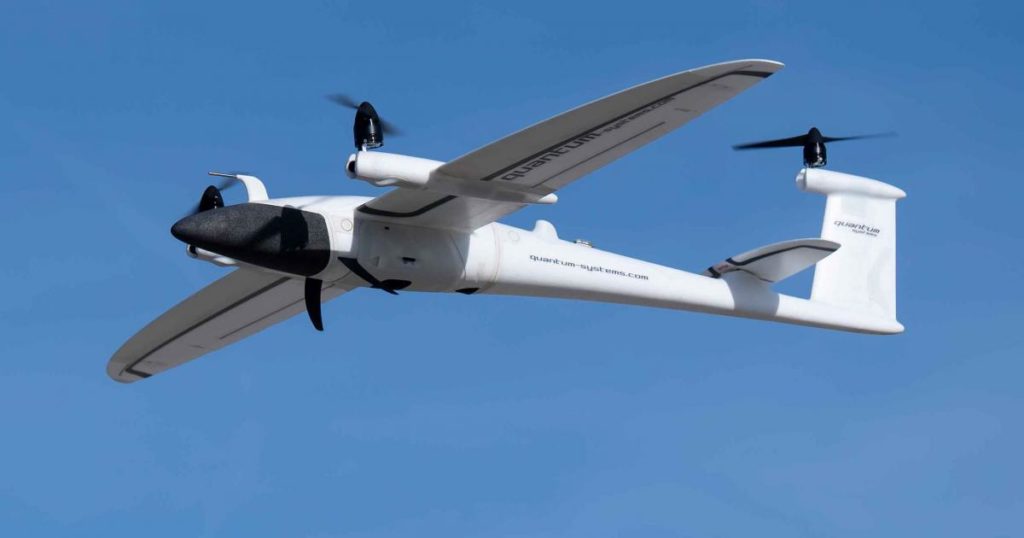
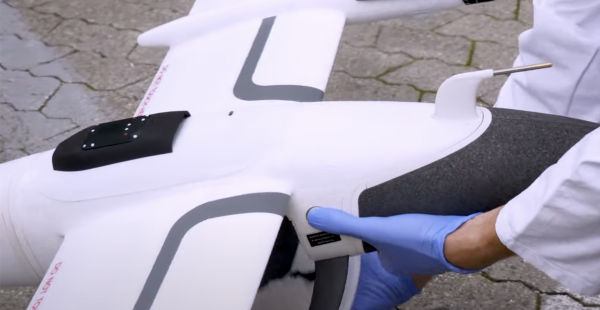
The future of drones in healthcare
Drones significantly contribute to more equity in supply by overcoming spatial distances and obstacles more efficiently. Further studies are necessary, on the one hand, to prove the medical benefit of drones in healthcare and, on the other hand, to analyze the costs of the technical equipment, the deployment of personnel, maintenance, and the necessary training more precisely and to optimize them based on this.
It is crucial to define ethical principles in the context of drone use and to update regulatory requirements for the civilian use of drones in healthcare. Safety aspects such as data protection, liability issues, and accident prevention are central. Furthermore, it is necessary for the population and professionals to inform about the advantages, risks, and requirements of handling drones.

